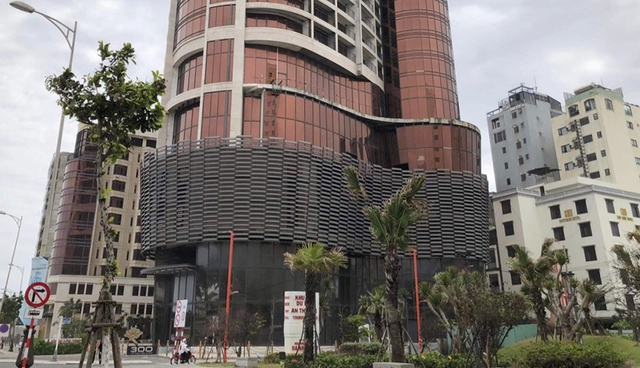
Many coastal hotels in Da Nang still face difficulties
The wave of hotel sales does not spare any "hub"
The list of 396 land use rights in Hanoi, Hung Yen, Quang Nam , Khanh Hoa, Da Nang, Ho Chi Minh City, Dong Nai, Ca Mau, Can Tho... are the secured assets that have just been put up for sale by the Vietnam Joint Stock Commercial Bank for Industry and Trade (VietinBank) causing a shock with nearly 90% being villas, homestays, and 3-5 star hotels.
The largest asset on the list of assets to be liquidated by this bank is a 5-star hotel in Da Nang, built on an area of over 1,200m2 , with 236 rooms. This asset is offered for sale by VietinBank for 600 billion VND.
Another 4-star hotel in Hoi An with a land area of 9,057m2 , capacity of 98 rooms is also for sale at 420 billion VND; a land plot of 1,786m2 , a hotel with a capacity of 137 rooms is for sale at 365 billion VND …
Also in Hoi An ancient town, VietinBank is selling the land use rights of 686.7m2 and a 3-star villa with 18 rooms for 110 billion VND ; a 4-star hotel with a capacity of 55 rooms on a land area of 1,032m2 for 120 billion VND; a 4-star hotel with a capacity of 137 rooms on a land area of 1,737m2 for 240 billion VND ; a 4-star hotel with a capacity of 95 rooms on a land area of 1,757m2 for 260 billion VND ...
It can be seen that the strongest wave of hotel sales in history is not only happening in Ho Chi Minh City - which is considered to be facing many disadvantages during the low season of international visitors - but is still continuing in many tourism "hubs" across the country. Including destinations that have recently recorded a very good level of tourism recovery such as Da Nang.
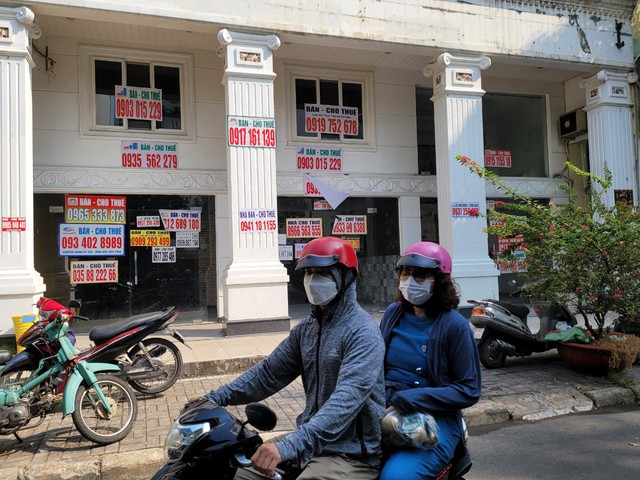
Tourism is picking up speed, but the service and accommodation ecosystem has yet to recover. In the photo, a hotel for sale in Ho Chi Minh City
Demand decreases, supply increases = "unsold" all at once
Explaining this paradox, a representative of the Ministry of Culture, Sports and Tourism said that thanks to efforts in opening early, stepping up promotion, advertising and diplomacy, the tourism industry is recording positive results, especially since the beginning of the year. The number of international visitors to Vietnam in the first 6 months has reached nearly 70% compared to the pre-pandemic period of 2019.
The increase in visitors means that the accommodation and service system has also begun to recover. In particular, the unexpected boom in the domestic market has partly filled the gap in international visitors, helping hotels, restaurants, and destinations have revenue and financial resources to return.
However, the tourism industry still identifies 2023 as a year with many difficulties, including huge challenges from the context of the global economic recession leading to a trend of people tightening spending, reducing demand for travel and shopping; the Russia-Ukraine conflict has not ended; the purchasing power of the domestic market has also decreased significantly. That has been partly reflected in the gap between the number of visitors and the total revenue of the industry.
For example, during the peak period of Lunar New Year, the number of domestic tourists increased by nearly 50% compared to the same period last year, but revenue and the number of guests staying decreased sharply. Of the 9 million visitors, only 2 million stayed, down 37.5% compared to the same period, the average room occupancy rate was only 40 - 45%. Total revenue from tourists is estimated to decrease by 30%.
The current general trend is that customers are both tightening their spending and changing their spending structure towards less total spending but enjoying maximum services. In addition, people's travel behavior has changed, prioritizing short trips and traveling independently, traveling in small groups, using separate accommodation facilities such as homestays, villas, bungalows, camping, etc. The demand for using concentrated hotels has decreased, especially with traditional models.
On the other hand, although demand has decreased, the supply and new room funds entering the market have increased rapidly. Investment activities in resort tourism have recently recorded a sharp increase, especially in tourist accommodation facilities, hotels, resorts, the boom in condotels... Resorts, hotels, villas in major centers such as Da Nang, Nha Trang, Phu Quoc, Quang Ninh, Da Nang... have been continuously established. This has led to low occupancy rates in some places.
Due to fierce competition, most hotels have to choose to stimulate demand by reducing prices, while all costs of electricity, water, employee salaries, maintenance and repair costs, infrastructure upgrades... have increased, making the business situation of accommodation establishments difficult.
"In the near future, the Ministry of Culture, Sports and Tourism will issue an action plan to implement Resolution 82 of the Government with specific tasks, implementation progress, goals, and assignment of responsibilities. In particular, the Vietnam Tourism Association has also developed a response plan focusing on restructuring member businesses, innovating business models associated with digital transformation, restructuring the human resource system towards being compact, professional, modern, high-quality, and sustainable; building a tourism ecosystem of businesses to improve efficiency, increase competitiveness, expand markets, and develop products associated with the brand of businesses. Along with the positive signals about the newly approved visa policy, the number of international visitors to Vietnam in the coming period will certainly grow well, creating a comprehensive recovery for the tourism industry ecosystem" - a representative of the Ministry of Culture, Sports and Tourism informed.
Source link




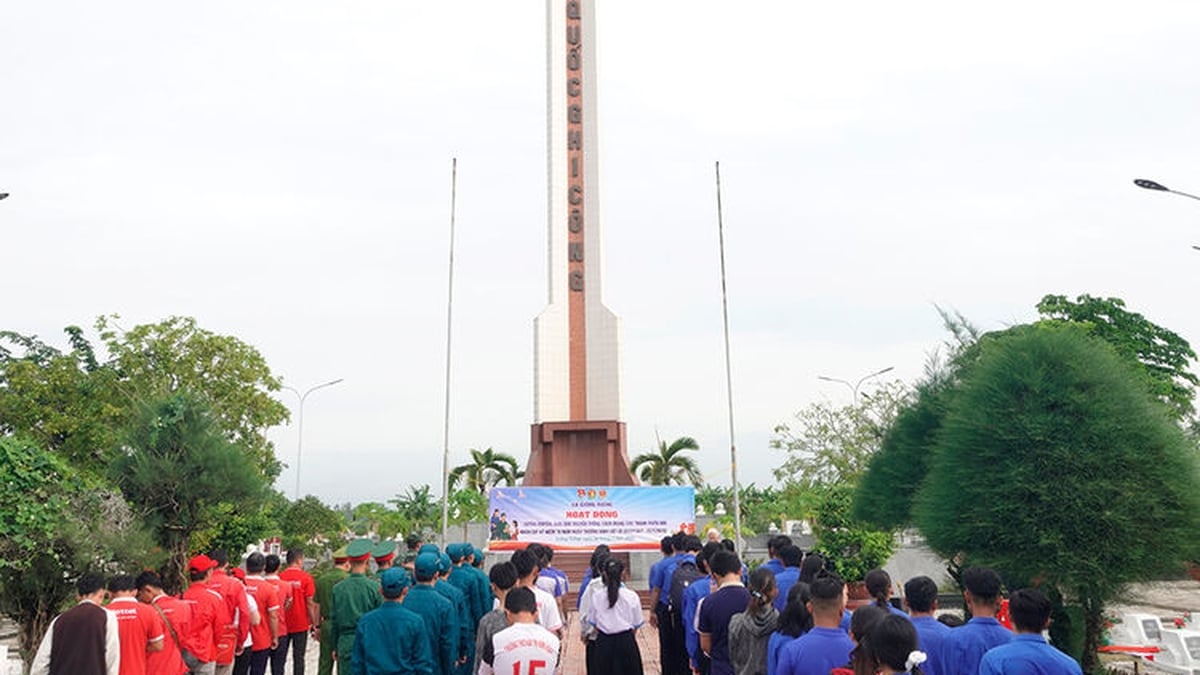
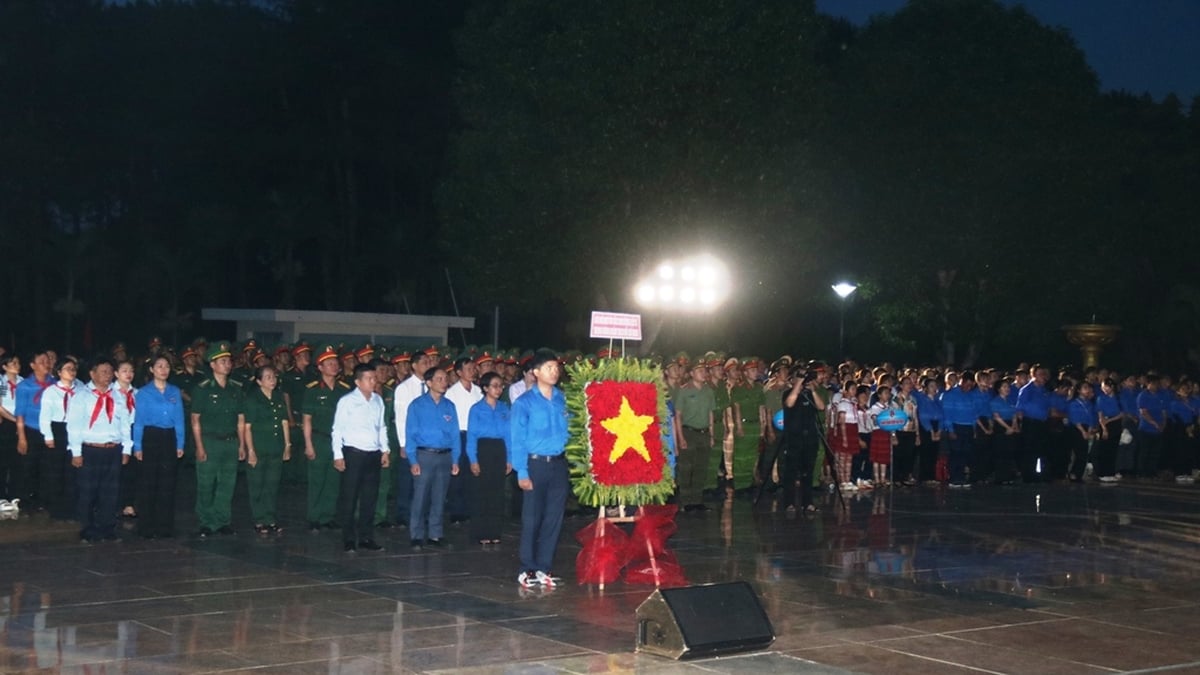
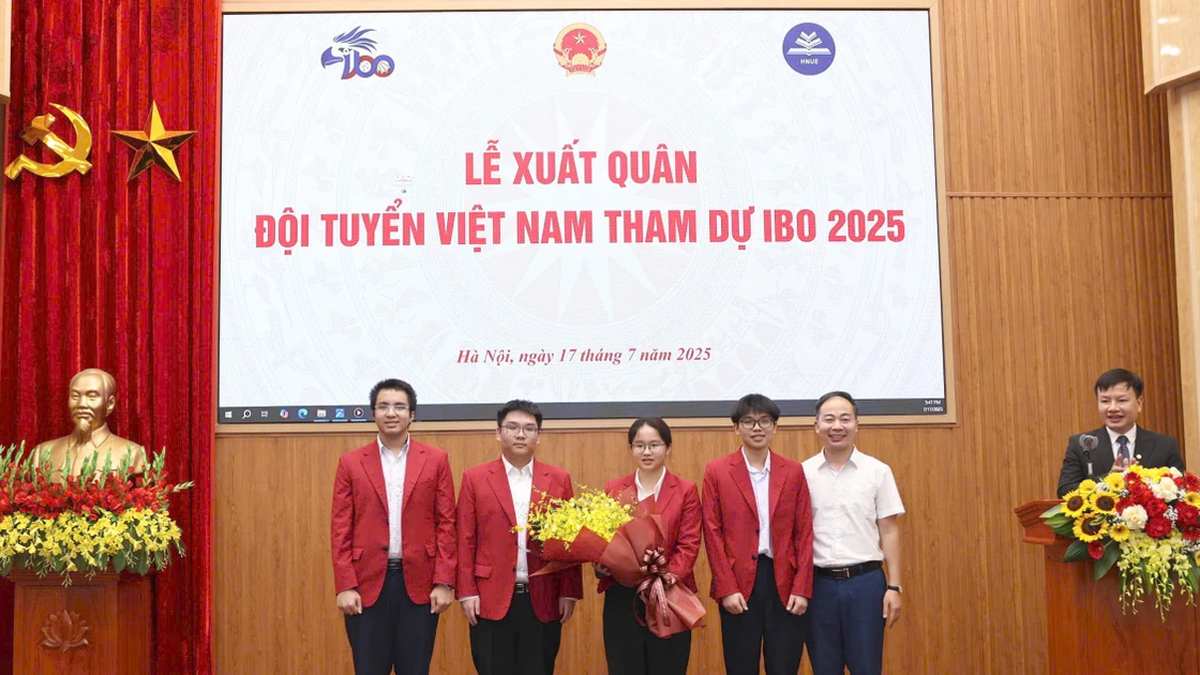
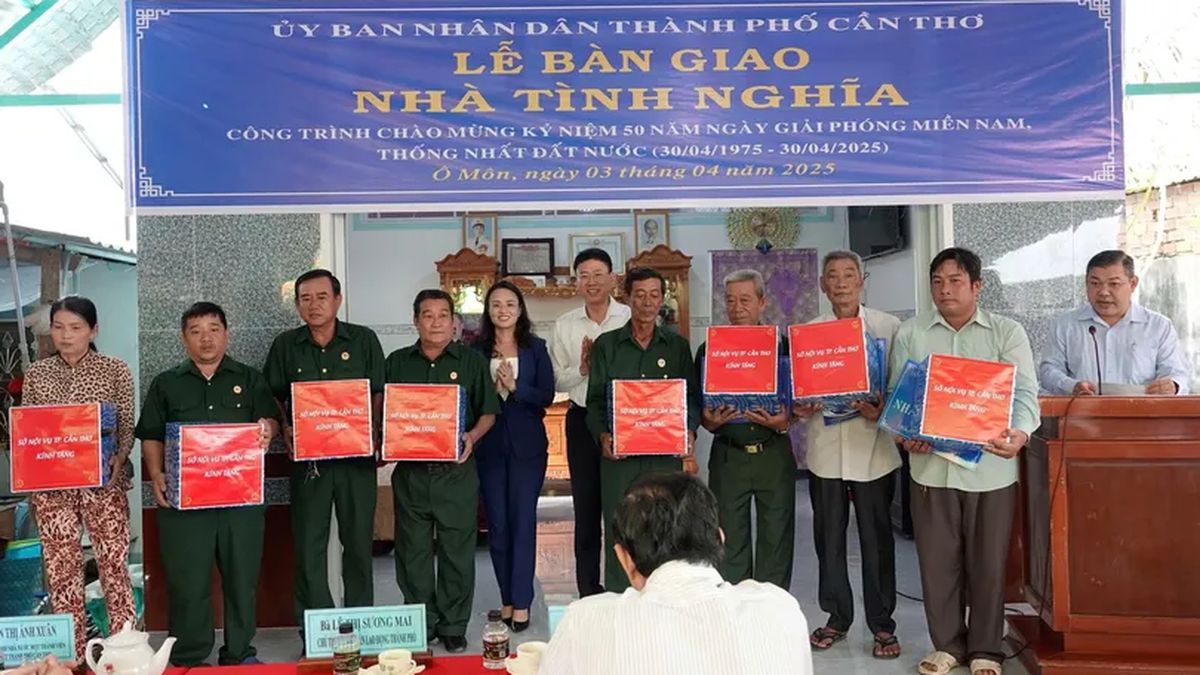
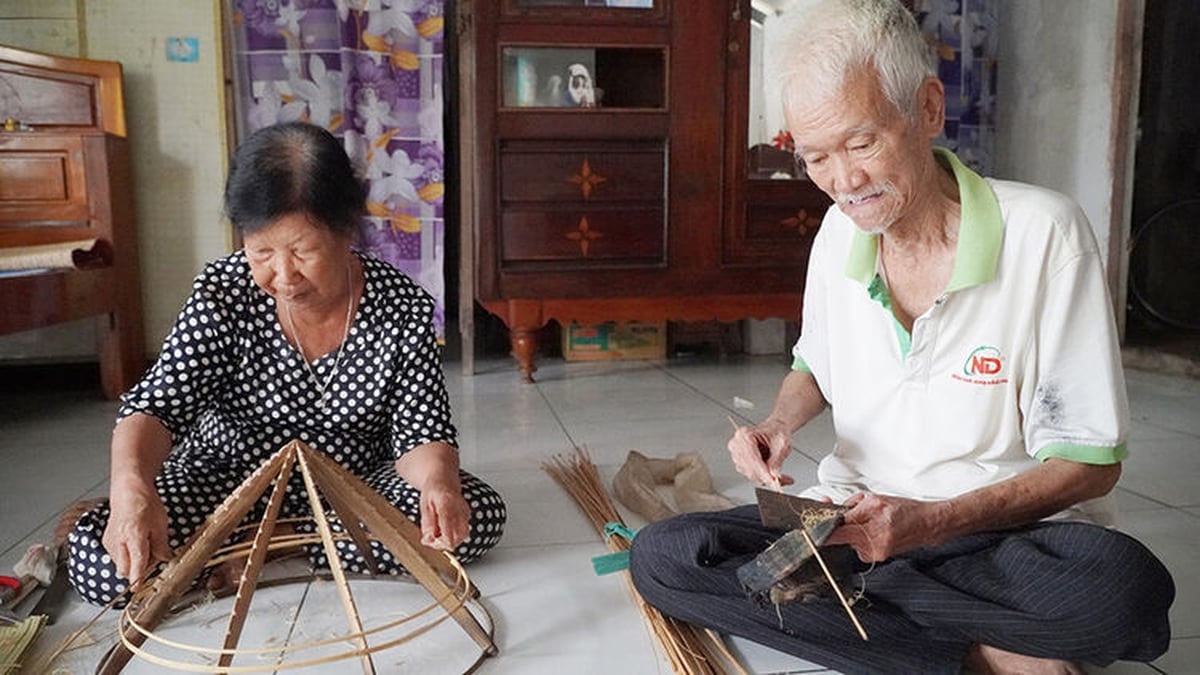













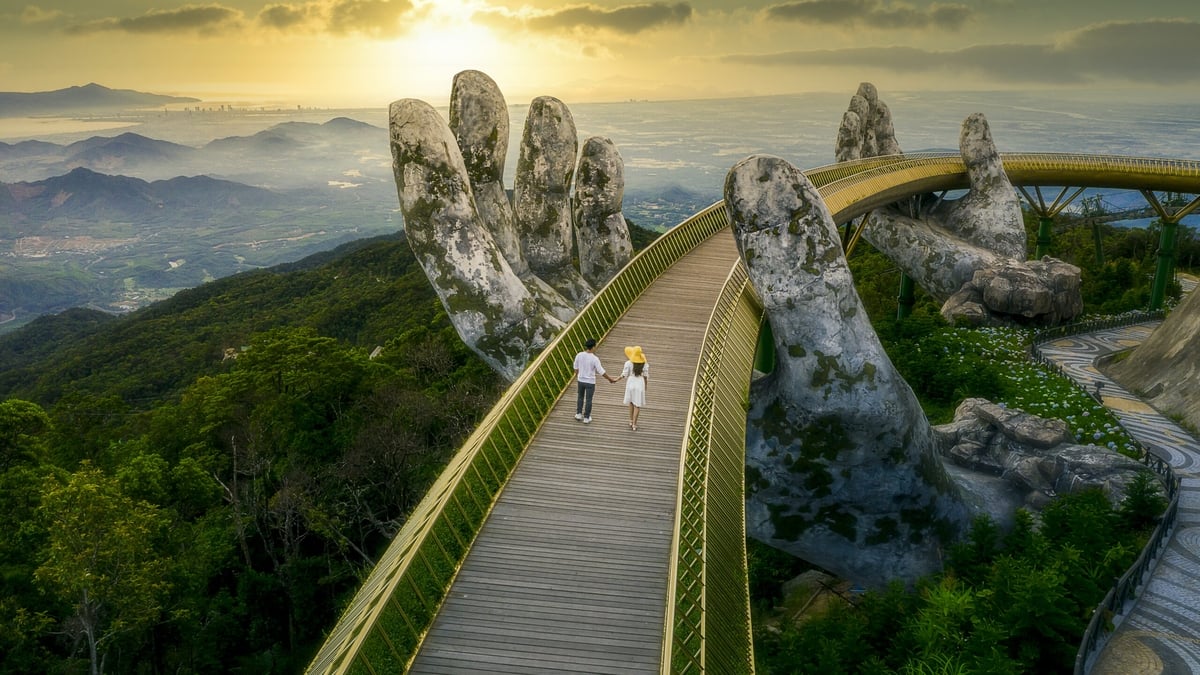


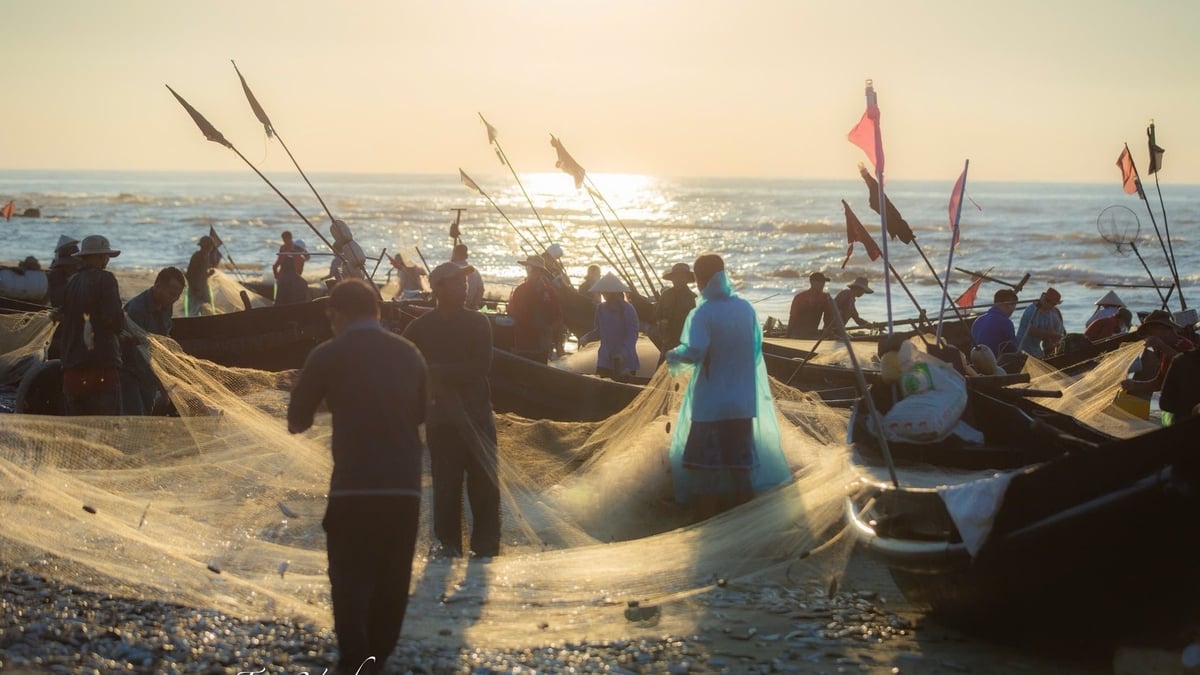
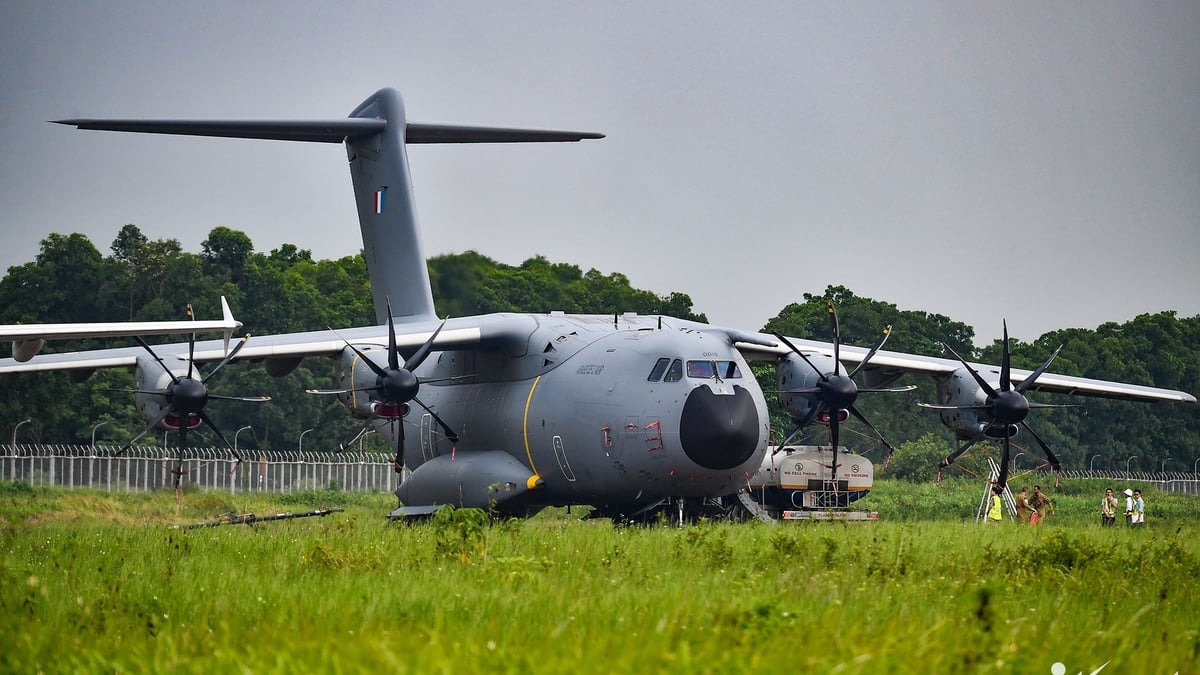
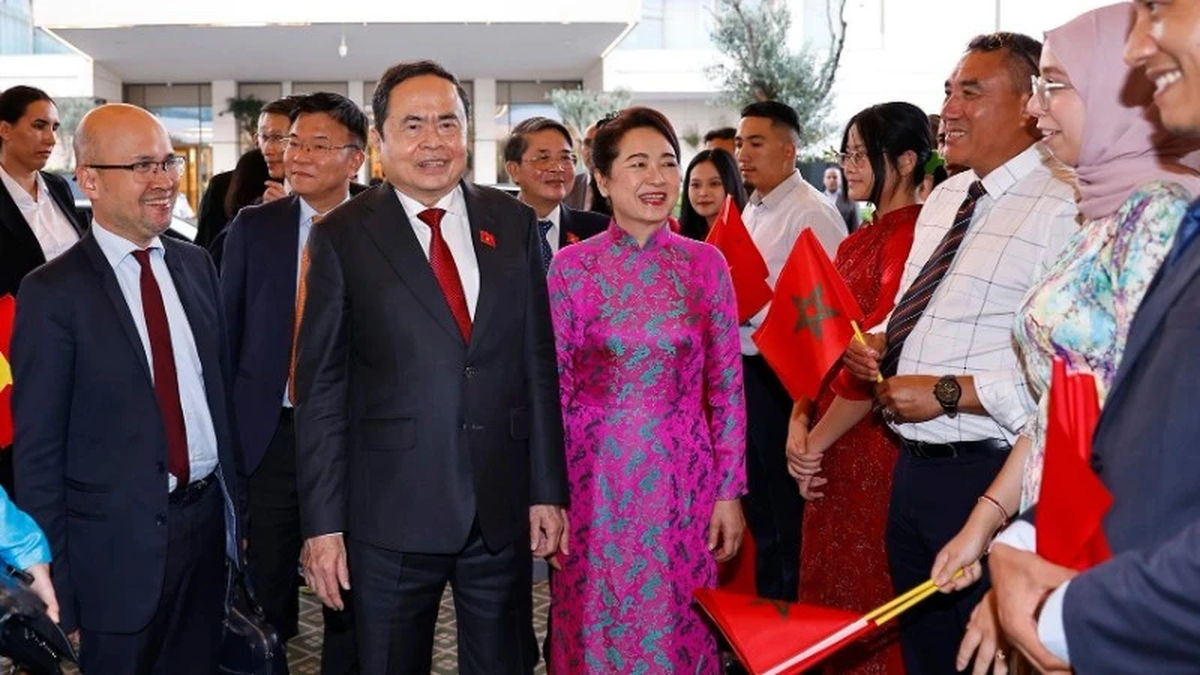

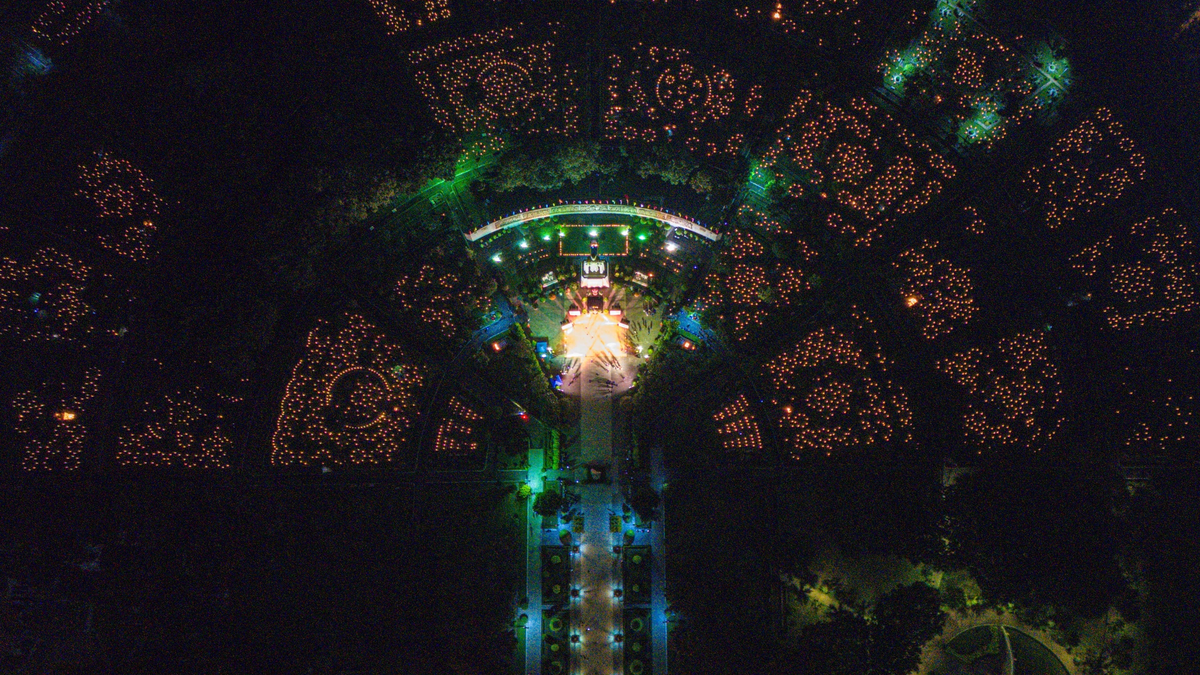
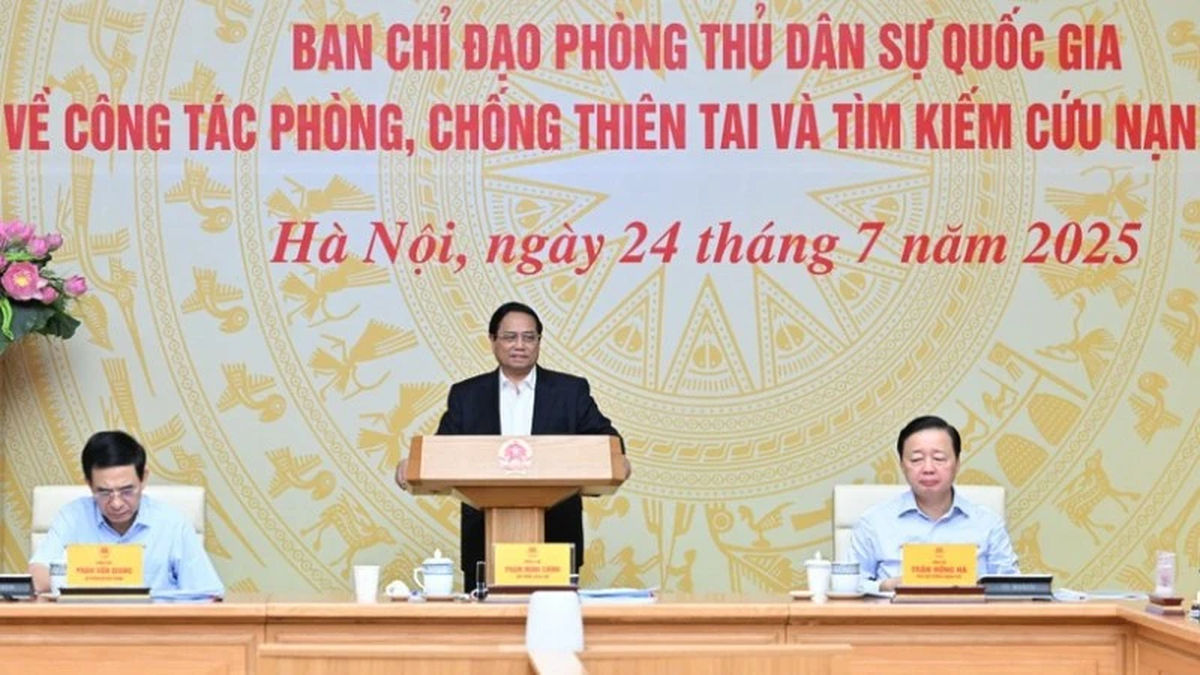
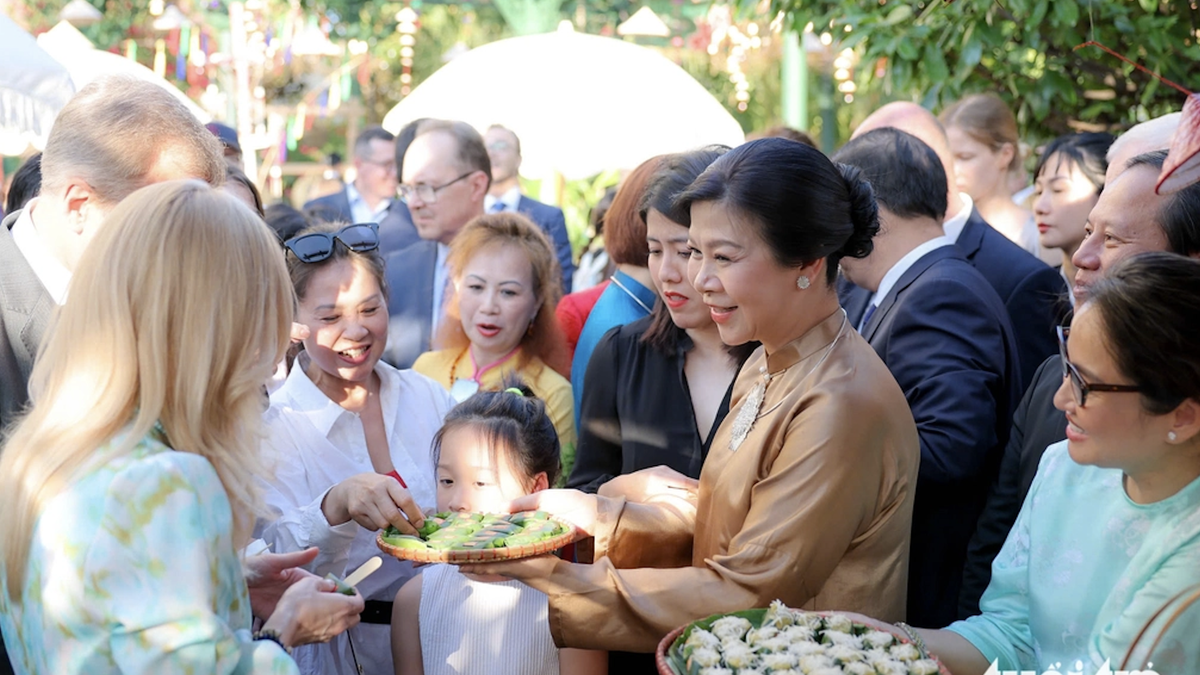


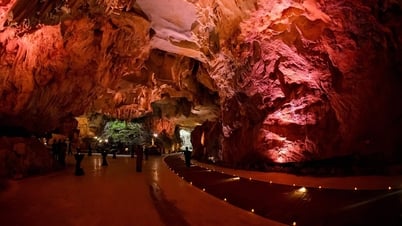
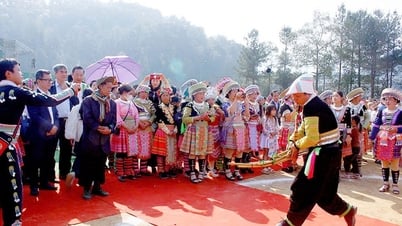

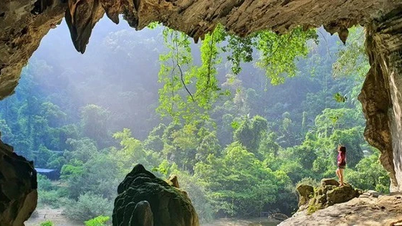

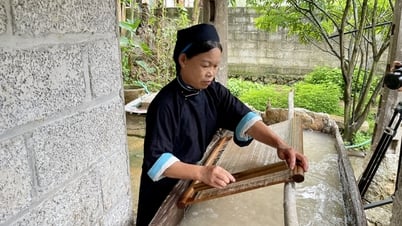

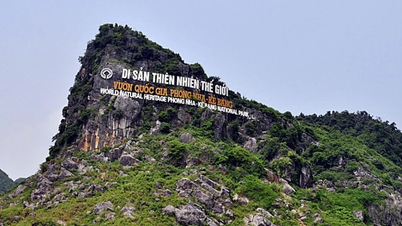





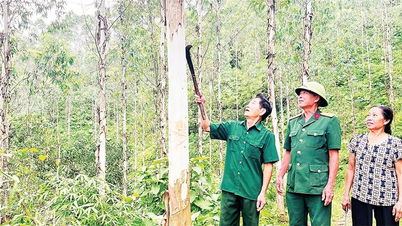





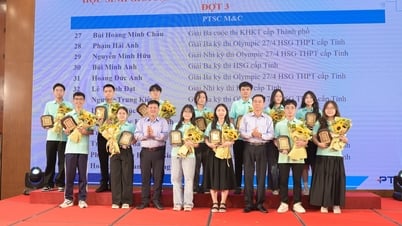

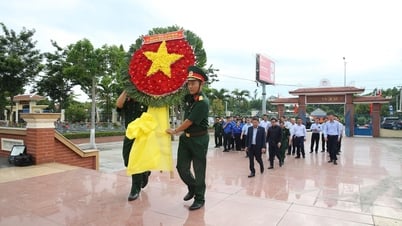









![[Photo] National Assembly Chairman Tran Thanh Man receives Chairman of Morocco-Vietnam Friendship Association](https://vphoto.vietnam.vn/thumb/402x226/vietnam/resource/IMAGE/2025/7/26/b5fb486562044db9a5e95efb6dc6a263)
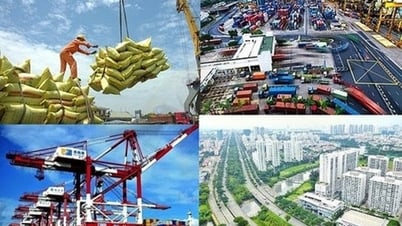





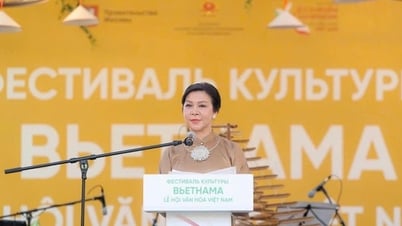




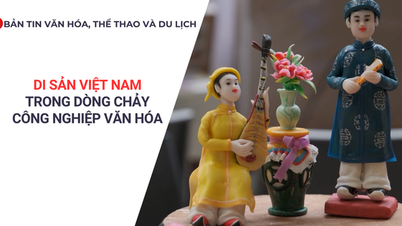



















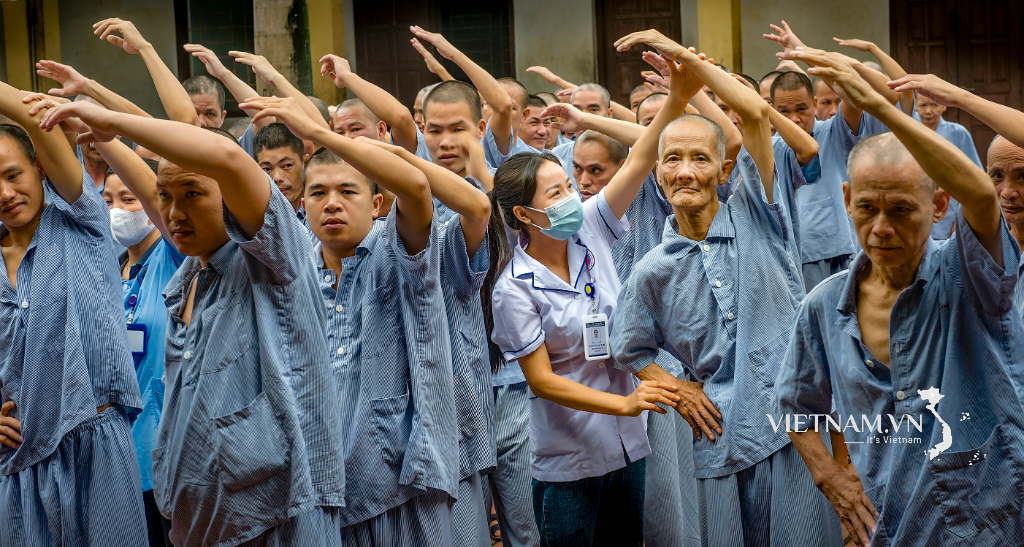
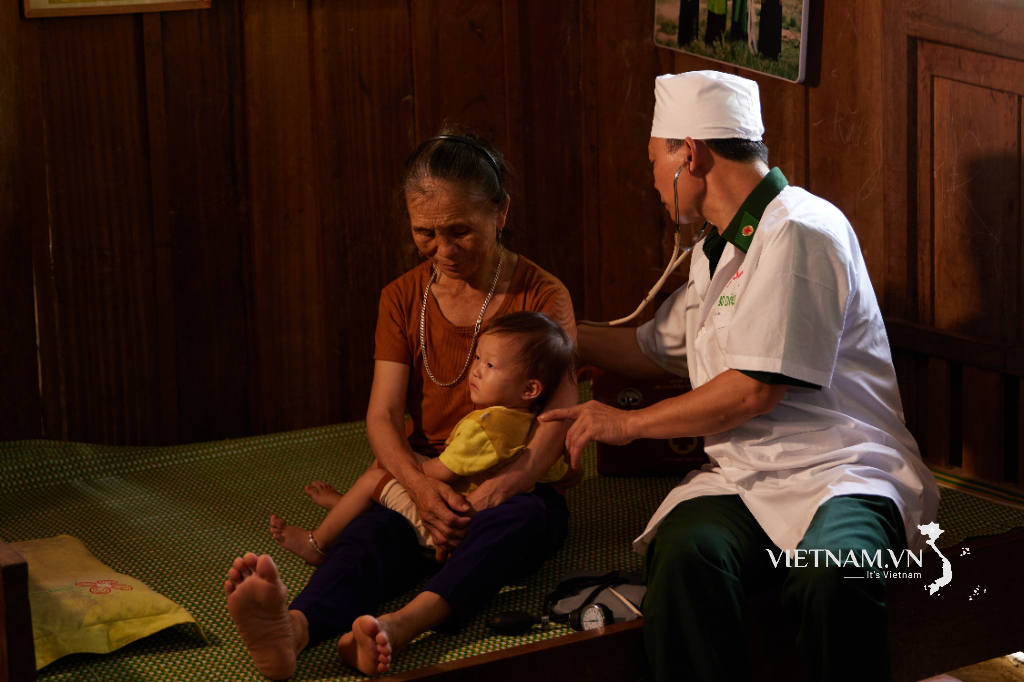


Comment (0)